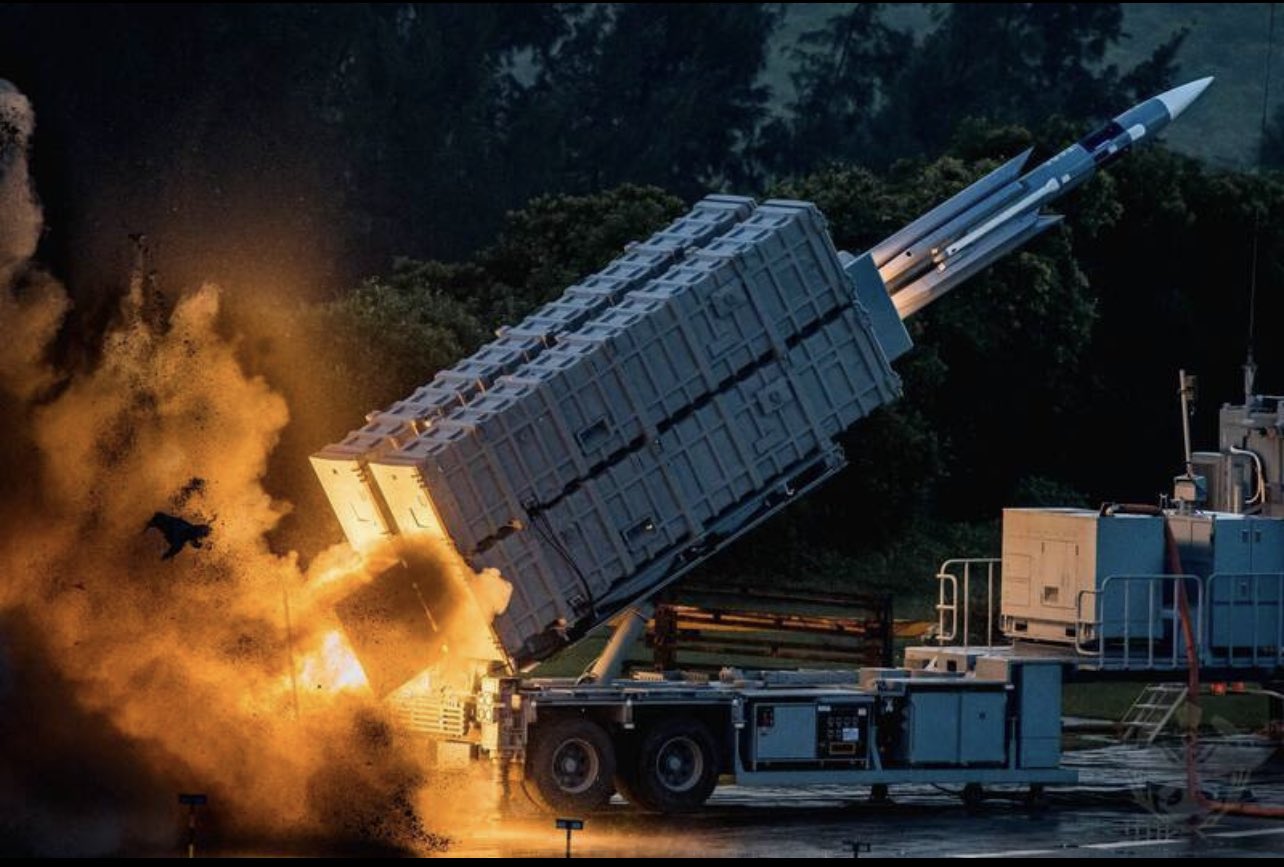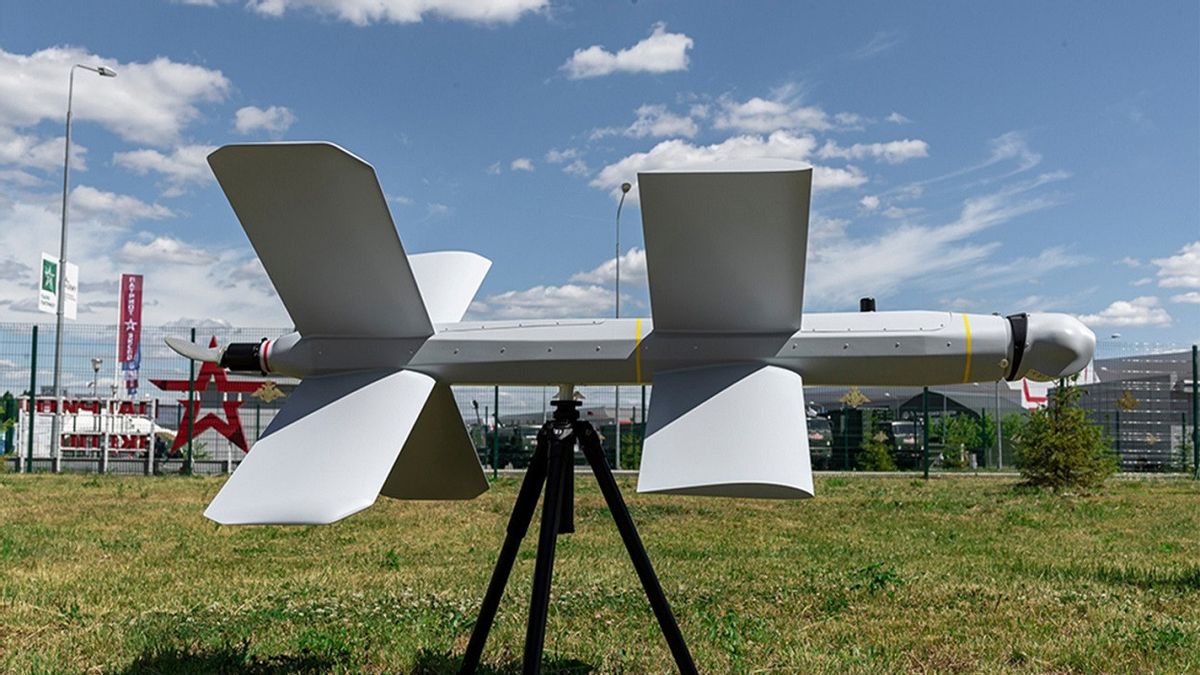According to experts, the US Patriot air defense missile system for Ukraine doesn’t present a credible threat to the Russian military and meets a symbolic political goal.
A closer examination reveals that the platform’s technology, numbers, logistics, and economics do not match Ukraine’s needs in these areas.
Russian President Vladimir Putin recently dismissed the Patriot as being “outdated,” for which the Russian military can find an “antidote” and “shoot it down.”
The Patriots were announced to be transferred to Ukraine as part of a new $1.84 billion military assistance program. This was in the backdrop of Ukraine President Volodymyr Zelenskyy’s visit to Washington – his first trip outside the country since the war began.
Zelenskyy addressed the US Congress on Friday.

The 10-month-old war has shown no signs of abating and will complete a year by next February. Ukraine had long been asking for the Patriot amidst reluctance in the US defense administration.
Experts believe the costly, bulky, and a limited number of missiles will not be a panacea against Russian cruise missiles and drone strikes and cannot turn around the battlefield situation.
Just Grab Eyeballs?
Air Marshal Anil Chopra (retd), director general of the Indian Centre for Air Power Studies (CAPS), doesn’t believe the Patriots will be a game changer.
“The system is state-of-the-art with a high life-cycle cost which is also why it will be challenging to integrate into Ukraine’s air defense network. Training alone will take several months to a year since air defense systems are far more complex than artillery systems.
Cruise missiles and drones have largely characterized the air war in this war and not combat aircraft. It is doubtful how the Patriots will be useful in such a situation. Their transfer holds more political symbolism than actual military utility,” Chopra added.
On another level, the Patriot will be supplied from the US Army’s own inventory, marking a long trend of allied nations burning through their ammunition stockpiles in the quest for arming Ukraine.
Operated by a crew of around 80, the entire platform comprises bulky computers, phased array radar, a fire control system, and a launcher, which doesn’t make it mobile.
The Centre for Strategic and International Studies (CSIS) says that the Patriot repairman, fire control operator, and launch system operator courses are 53, 20, and 13 weeks long, respectively. But, reports indicating the Patriot unit arriving by February means the training courses must have been highly compressed.
Ukraine can, however, send experienced crews of its S-300 or Buk air defense systems to train on the Patriot.
Neither is it known which variant of the Patriot Ukraine will receive. The mainstay of the US Patriot systems is the PAC-3 variant, with the most advanced version being the PAC-3 Missile Segment Enhancement (MSE), which has been in service since 2016.
PAC-3 is more maneuverable, with more excellent range and accuracy, and has its own radar to guide itself to the target without relying much on the battery’s radar.
Moreover, reports are unanimous that it will be a single Patriot battery. A Patriot battery has four to eight launchers, each with either four PAC-2 missiles, sixteen PAC-3 missiles, or twelve MSE missiles. The launcher can also accommodate a mix of various Patriot Missiles.
CSIS says the US Army has not been buying new launchers but buying new missiles, specifically the MSE variant. The active Patriot production lines that produce the full system cater more to the US Foreign Military Sales (FMS) programs.
US allies like Japan and Germany also use Patriots. Thus there is a chance that the Ukrainian crew could be trained in Germany or have already begun the program.

Russian Checkmate On Ukraine
Ukraine finds itself in a sort of checkmate with the Patriot: the long operationalization time, low cost-to-benefit ratio, low numbers, and; being far from the theaters (the east and the south), which are Russia’s primary interest.
Yet, it presents a high-value target for the Russian air force, which won’t have much trouble briefly dedicating some resources to finding a way to take out the system – if the need arises.
But the need will be driven more by publicity and propaganda. But the Voenno-vozdushnye sily Rossii (VVS) will conceivably never face a scenario where it has lost dozens of aircraft to the Patriots and will be desperate to eliminate the missile.
Russia has established tactics to detect and destroy SAM platforms over the last two months. It might use Kh-55SM missiles withdrawn from the strategic role and fit them with inert warheads, to be used as decoys.
These can bait Ukrainian air defense (AD) systems into ‘lighting up,’ and then VVS Su-35SS fighters firing Kh-31 anti-radiation missiles. EurAsian Times had noted this possible tactic in a previous analysis.
It can also use one of its highly advanced Tupolev Tu-214R reconnaissance and electronic warfare aircraft to detect emissions from SAM batteries in Ukraine, safely flying from within Russian territory.
Generally, bigger SAM systems, especially fixed and less mobile ones, are protected by smaller anti-aircraft systems. This might be the Avenger SAM system that fires Stinger missiles in the US. Will Ukraine employ the Avenger or its own Soviet-origin OSA or Strela systems? Will it pull them out of the frontlines in the east and the south where they protect battlefield targets?
Their numbers have been gradually dwindling to Russian drone strikes. Or, can it place them in the cities where Russia has been targeting power distribution infrastructure for the last two months?
The same dilemma would arise with the Patriots themselves. That Russian Geranium-2 kamikaze drones and cruise missile strikes on Ukrainian energy distribution centers in its cities in early October were successful implied it chose to protect the frontline.
A report in the Financial Times from October attributed this to Ukraine’s sparse air defense missiles, because of which it could not spare much for its cities. Ukraine uses Soviet-origin S-300, 9K317M Buk-M3, the newly received German IRIS-T, US MIM-23 HAWK, two National Advanced Surface-to-Air Missile System (NASAMS) batteries, along with the four Avenger systems, and 1600 separate Stingers.
If the Patriot systems are based on the frontlines, it will be easier for the Russians to hit it with the Geran-2 or Lancet-3 kamikaze drones. If the Ukrainians placed it in the cities, especially Kyiv, it would be slightly difficult for Russia to hit it since its fighters like the Su-35S would have to fly closer into Ukrainian airspace and risk being shot down by the Patriot itself!
Three Million Missile For A $20,000 Drone?
But again, Russia has already hit its intended targets in Ukrainian cities – power distribution lines beginning in October and the defense industry earlier in the war.
Ukraine has been practically fighting a defensive war throughout and in the last five months, with almost exclusively hastily transferred Western weapons and having no industry of its own, which proves Russia has achieved its military goals.
Putin did admit Russia is facing a shortage of ammunition after ten months in the war but pointed out that Russia has a functioning defense industry, which has only been galvanized into becoming even more self-reliant.
And if Russia does resume a third round of drone and missile strikes on Ukraine, will the latter fire nearly a $3-4 million missile on every $20,000 drone and $100,000 cruise or ballistic missile?
This makes for a very embarrassingly skewed return on investment. What the Patriot can, therefore, do is free up these other AD platforms to take out smaller ballistic, cruise missiles and drones and focus on tackling larger Russian fighters.
But by no stretch of the imagination will it turn around the war and put Russia on the back foot.
- The author can be reached at satamp@gmail.com
- Follow EurAsian Times on Google News




